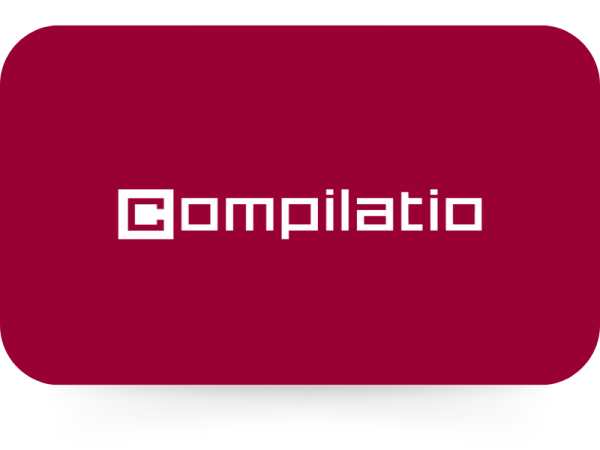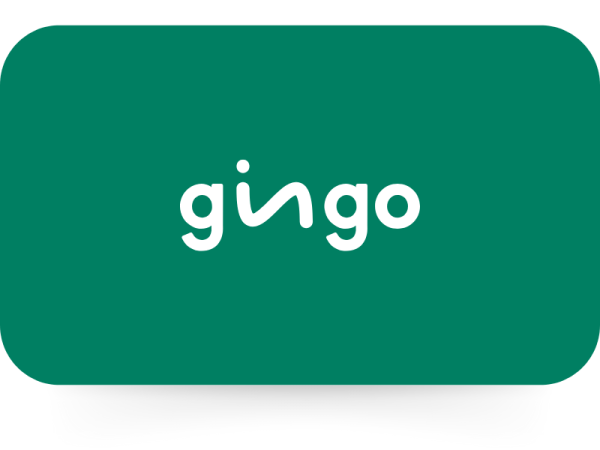A survey of over 1,000 UK undergraduates by the Higher Education Policy Institute (HEPI) revealed that 53% of students use AI to help generate content for their academic work (The Guardian, 2024). This shift signals how Generative AI (GenAI) tools are becoming essential in students’ daily academic tasks, including essay writing.
While some schools, particularly in New York, have restricted tools like ChatGPT over academic integrity concerns, a pressing question remains: do these tools hinder student learning ? Do they offer new opportunities?
Should we ban them, or find ways to use them responsibly?
To promote fair grading and streamline assessments, software like Compilatio have developed AI scanners for essays. These tools detect AI involvement in student work, saving teachers time and ensuring objective evaluations.
Summary:










